RFO Powered Back Up!
Apparently PG&E is as excited as we are to have RFO back online. 😉 The PSPS outage only lasted a couple of days, but it stings to miss even a single night of observing!

Apparently PG&E is as excited as we are to have RFO back online. 😉 The PSPS outage only lasted a couple of days, but it stings to miss even a single night of observing!

After much work, coordination, and patience, the summit of Haleakala has been reenergized since the fire forced them to cut power. It’s always nice to reconnect and find healthy instruments, ready to do science!
The bad news is we won’t be doing any observing tonight, given the weather. Oh well.
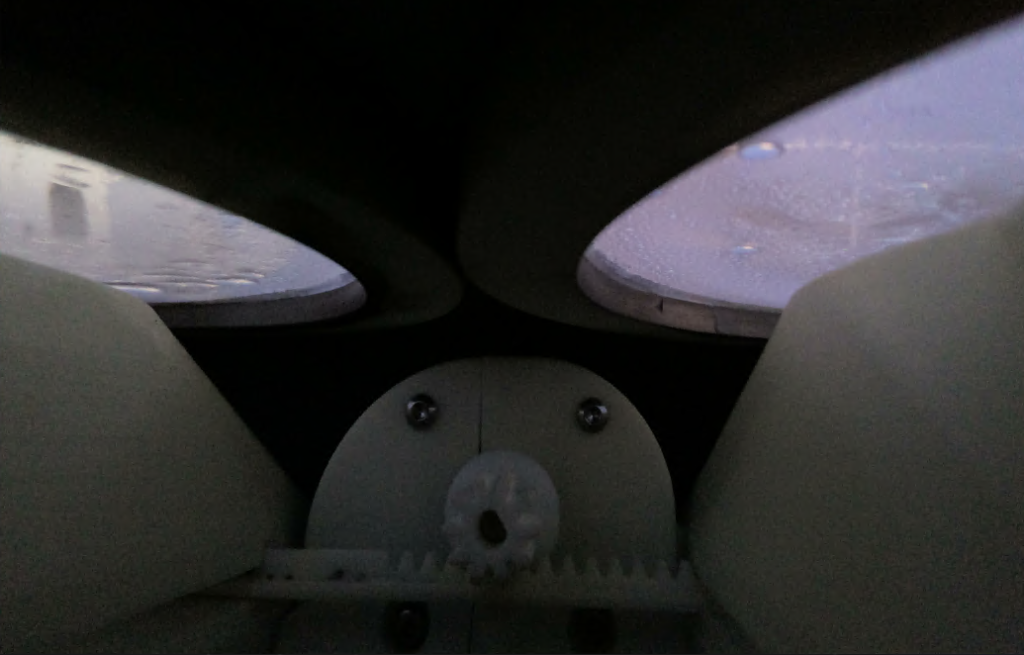
At least it’s a beautiful night at RFO!

We didn’t get as much time on the sky this week than normal, as we had work going on at both observatories, RFO and IfA. One was planned, the other not so much.
At IfA, our maintenance was unplanned. IFA2’s sunshade stopped working, which is scary because the sunshade protects from the Sun potentially damaging the shutter on the FLI science cameras. You can see the problem below, using our internal “PiCam”: the polycarbonate gear started to slip around the motor shaft.
We recent started a project to detect the the sunshade position using computer vision to catch exactly this sort of problem automatically but, since we currently check every morning, we caught it manually. Fortunately, Team LaserSETI member Doug Hagan who’s local on Maui, was able to make the long drive up Haleakala and close it by hand.
Speaking of cameras, the horz-cam on IFA1 had started misbehaving transiently. We tried remote diagnostics and troubleshooting but eventually we had to admit it wasn’t succeeding. So we’ve sent a new camera (and a new gear) to Doug, and he’ll be replacing both shortly.
Meanwhile, at RFO in California, they’re upgrading the roof surface of the observatory which our instruments sit directly on top of. We worked with observatory team to come up with a plan for them to coat the the whole roof without disturbing the position of the instruments.
The hard drive in RFO2 has given us trouble before. A year ago, we swapped out the disk, the enclosure, and even the computer itself. For a while, it was smooth sailing, but then started acting up again.
So, after replacing the disk and enclosure again, we tried the power and data cables. That was an improvement, but still not 100%. And since we can’t observe without the hard drive, anything less than perfect isn’t good enough.
We’ll be headed up to Ferguson again soon, this time with a new idea in hand, to try to put this trouble maker to bed once and for all: a solid state disk. Smaller capacity, but completely different performance, electrical, and other characteristics.

Since RFO2 wants to be an attention-hogging snowflake, here’s the work from its perspective. LaserSITTIE is, by far, my favorite piece of maintenance equipment. There’s nothing like sitting when we previously had to bend over the instrument, or kneeling on it instead of the often-sweltering roof.
We lost power at RFO from about 8am to 5pm today. Everything came back online as expected, however, and we’re observing now.

Not a packet yet from IfA. They found the problem, though: the network was damaged in our building. Physical repair completed, and (eagerly) awaiting reconfiguration to bring us back online.
It’s the best night we’ve had at RFO in at least a month. Lots of stars, clear, not too much moisture, few to no clouds. 🔭 Hooray!
At IfA, however, the saga continues. Power had been “restored” via generator, then the main network cable was fixed… and re-fixed. Then we lost power from the generator, had to replace a major breaker after ordering a replacement from off the island, and now mains power and generator are both up.
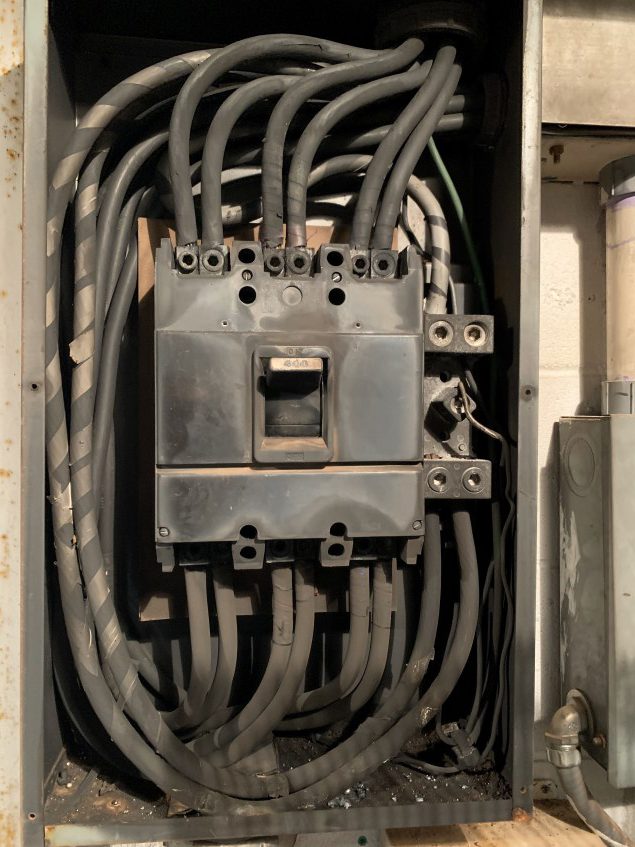
As you might have concluded by now, there was a lot of damage to the equipment on the mountain from the storm in December. It’s not clear what was from direct storm damage, power fluctuations, or other secondary causes, but clearly there’s still more to repair because… we still haven’t been able to reach the instruments, despite general connectivity being restored for a third time this month.
My hope is and endeavor will be that this is the last post about what’s not working, and the next one has only good news. Next week? Fingers crossed. Stay tuned and thanks for thinking good thoughts for us!
Just because you’re in Hawaii, doesn’t mean it’s warm! We got our first frost of the season, after being socked in and unable to observe last night.
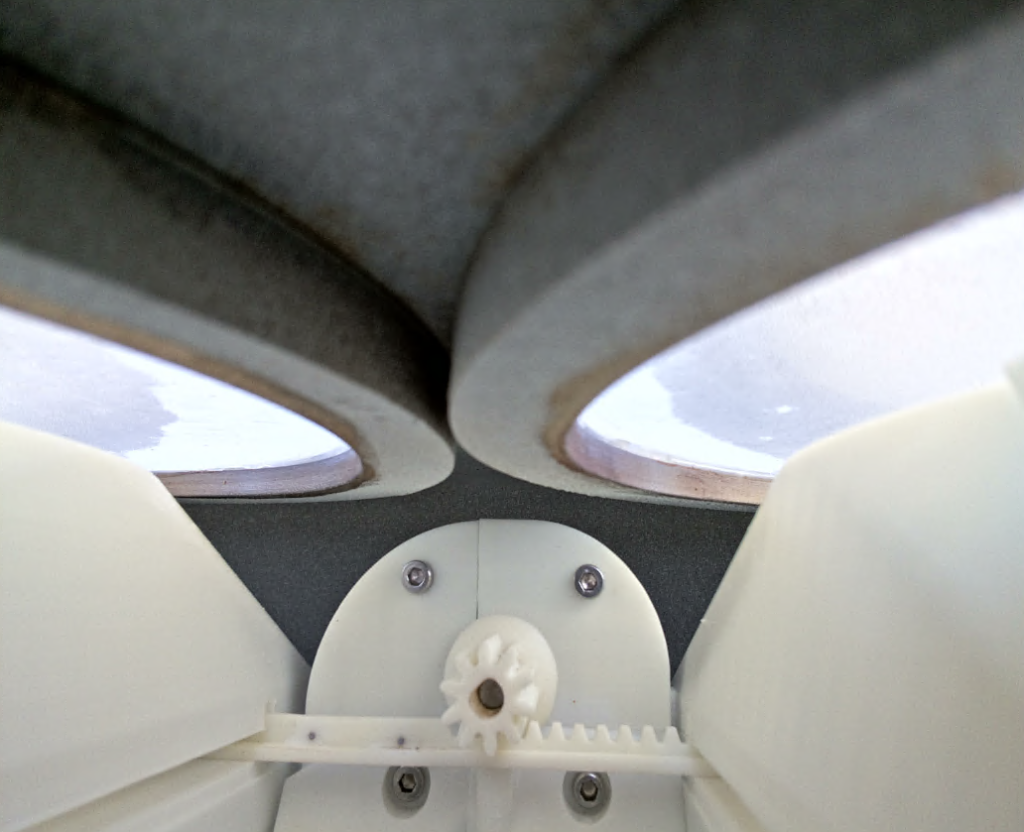
We can see effects of cooler temperatures in California, too. One of the camera’s in RFO2 is especially prone to being sticky when cold, but fortunately we now have software to handle it automatically.

Ideally, and with most of the other cameras, it takes only 3 attempts to open the shutter all the way 3 times in a row, but last night it took 9.
LaserSETI would like the sympathize with all of the humans experiencing a heat wave today.
We spent a long time refining the thermal protection system for the instruments. Internal circulation, special heat-shedding paint, multiple exhaust fans, sunshades with embedded mirrors to reject even more heat. Days like today prove the value of that investment.
It’s 44 C (112 F) right now at Ferguson Observatory (RFO) and the cameras are the hottest I’ve ever seen them: 61 C (142 F)!
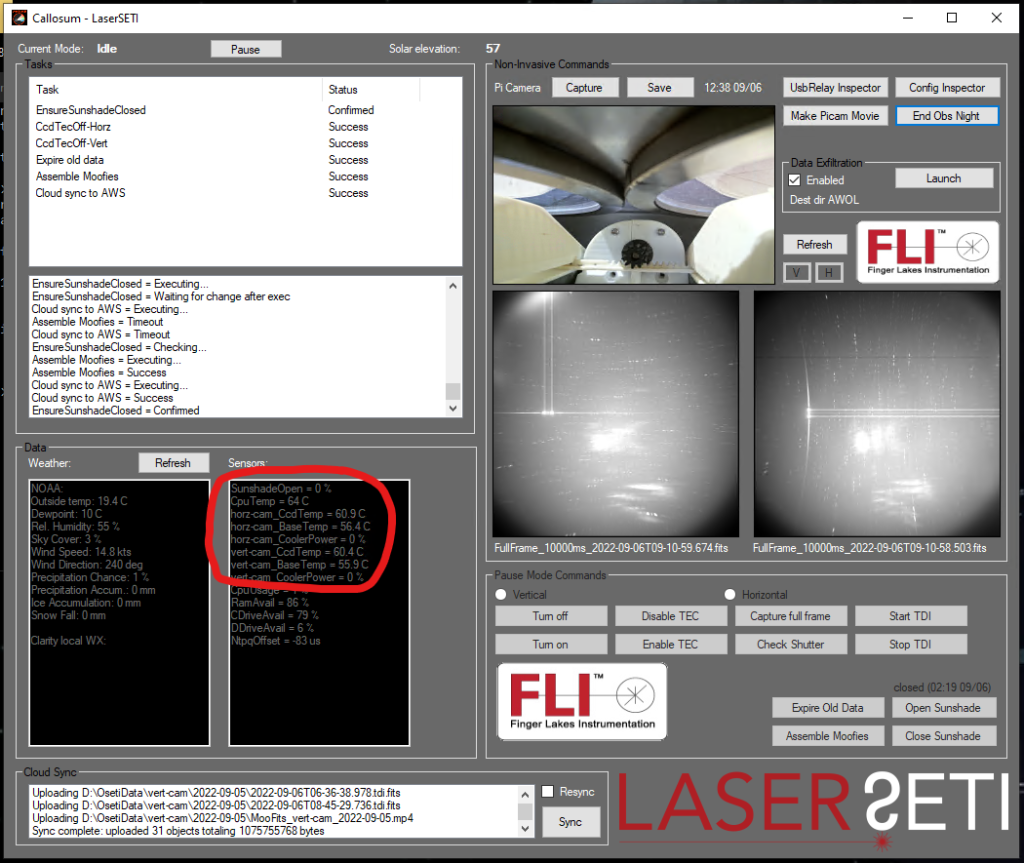
For comparison, the cameras on top of Haleakala, Maui (IFA) are a cool 16 C (61 F) right now.
Tomorrow night, May 26th, I’ll be kicking off the annual Ferguson Observatory Speaker Series. We’ll start from SETI basics, explain how LaserSETI is designed, and take questions. It’s free, it’s virtual, and they’ll give you your money back if you don’t learn anything!
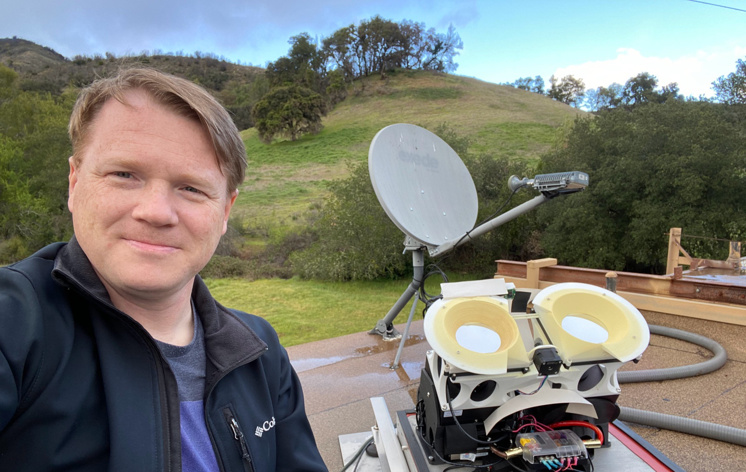
As predicted by the forecast below, RFO is socked in tonight. Tomorrow night should be really good, however.

The first three rows mostly characterize moisture in the air (a lot tonight, very little tomorrow night). Seeing represents turbulence, but that doesn’t affect us much because our pixels are big, which is because our field of view (FOV) is enormous (75 degrees!). Darkness matters a lot however for the same FOV reason. And this week, the Moon rises and sets with the Sun, which makes the nights nice and dark because the Moon isn’t lighting up every tiny water droplet and mote of dust that happens to be floating around the sky.
And so this is what the sky currently looks like at Ferguson:

However, at the same time, looking at the exact same stars–but from underneath a different part of the atmosphere–IFA2 is having a great night:

Hopefully, tomorrow night it’ll stay this way in Hawaii but also look like this in California!